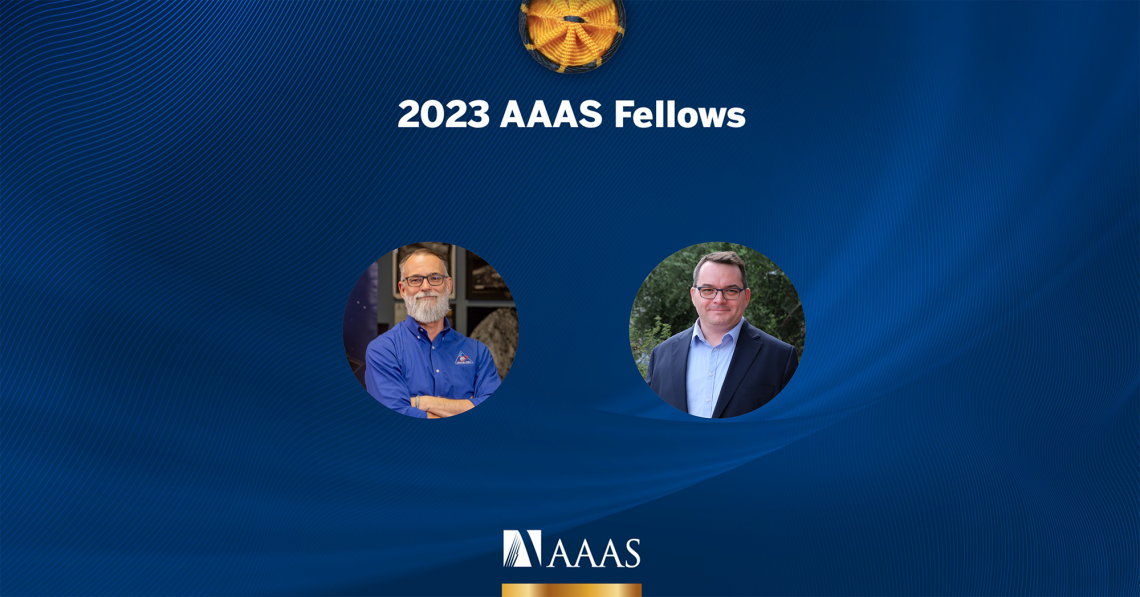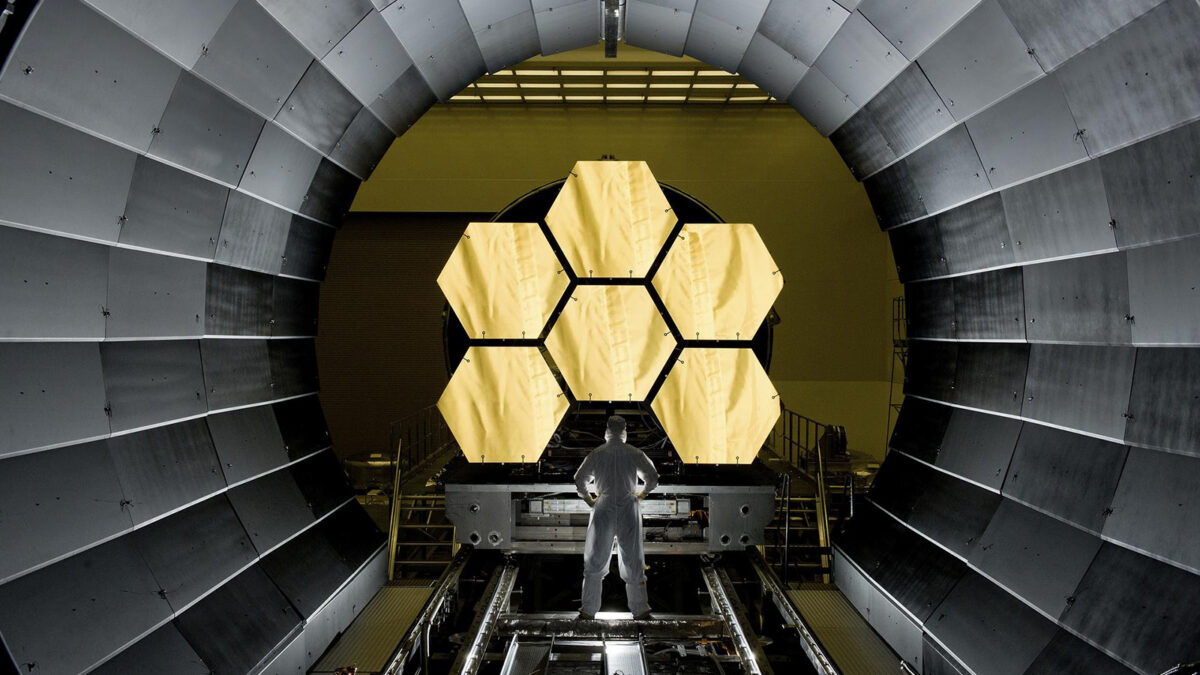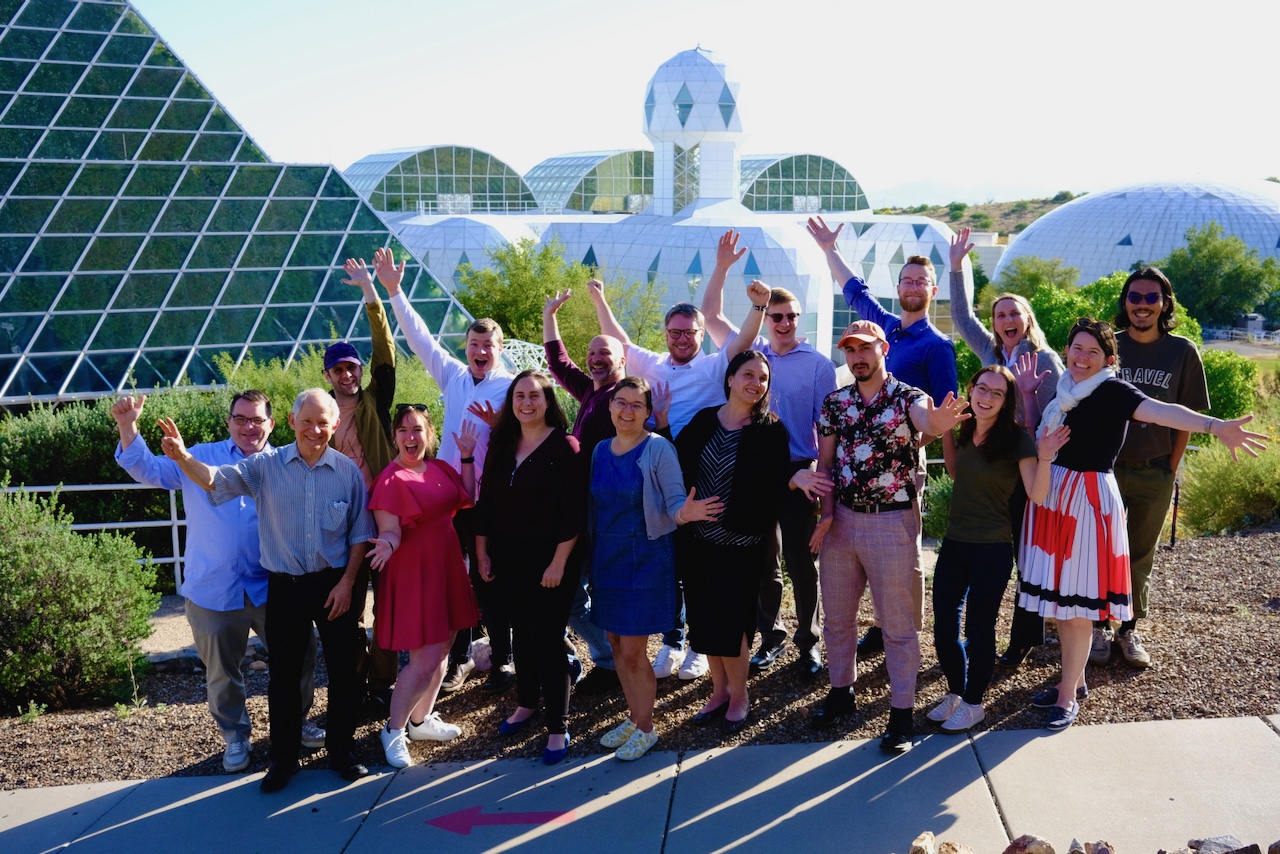Exoplanet science is one of the most rapidly expanding fields of modern physical sciences: Countless new measurements are made, thousands of papers published annually, and the number of exoplanets and planet candidates discovered is rapidly approaching 6,000 – and set to accelerate! What really drives this discovery? What will the future of exoplanet science bring? Which…






